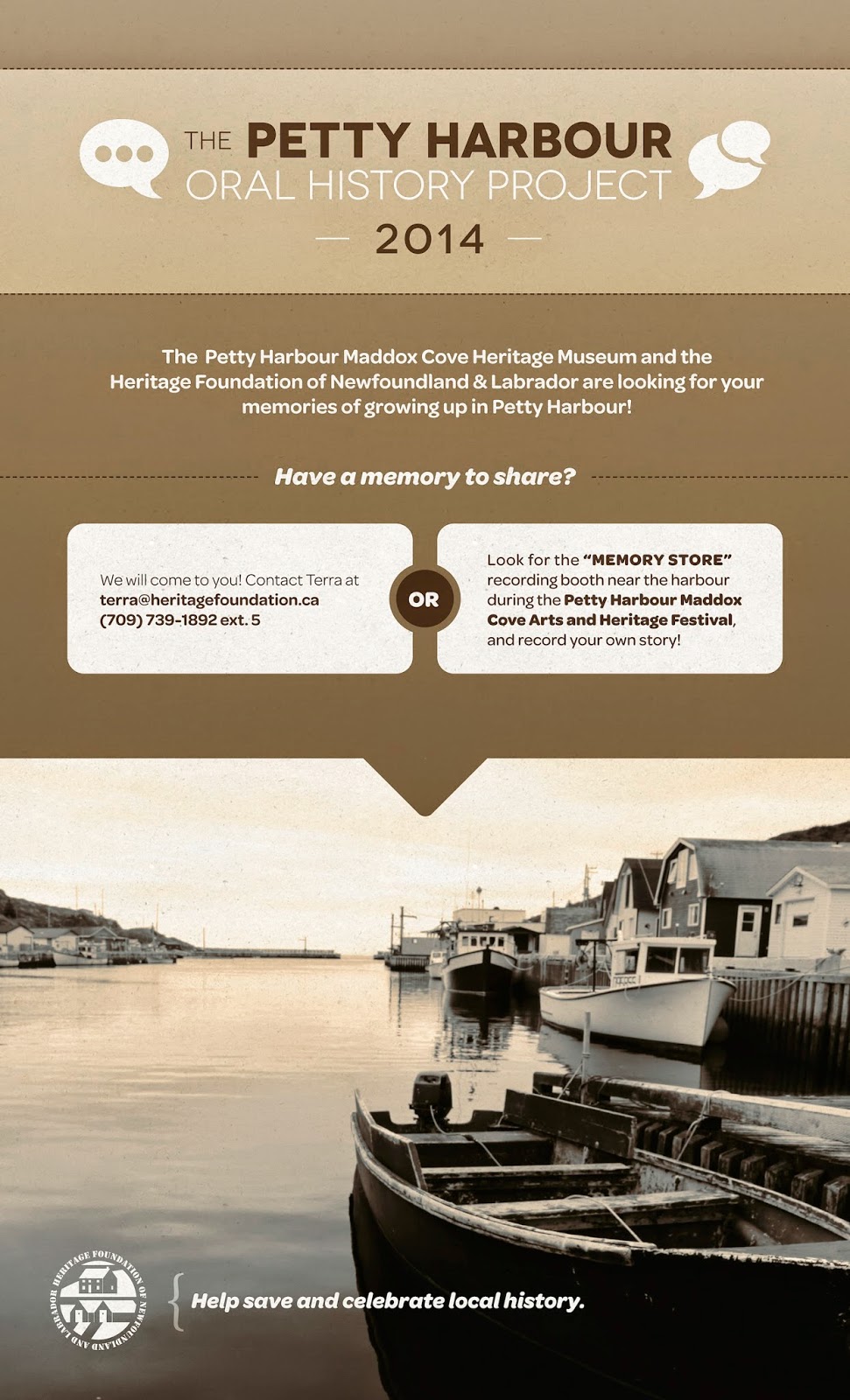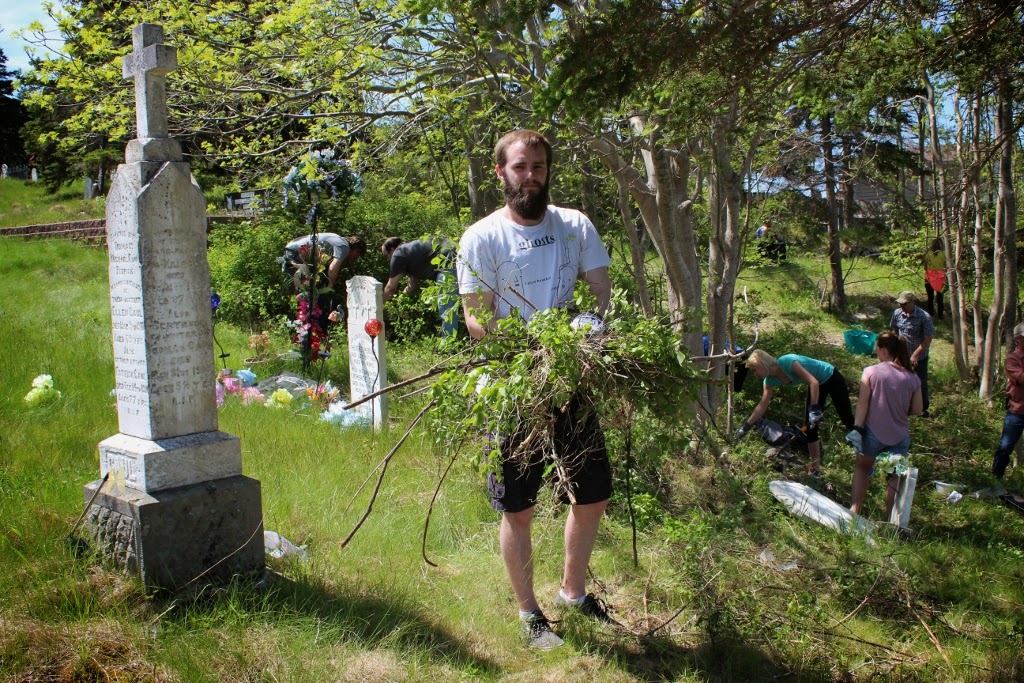I love old cemeteries, and always enjoy poking around the older sections, reading the epitaphs and admiring the artistry of the old grave markers. I was exploring the United Church graveyard in Cupids, Newfoundland yesterday, and came across a tombstone symbol that I am unfamiliar with.
The tombstone features an open book with star motif, and dates from 1881. It marks the burial spot and final resting place of one Lorenzo Taylor, age 22. It is a paired tombstone, with two inscriptions, the partner inscription bearing the more familiar handshake motif.
Books are a common theme on gravestones from the period, and the symbolism of the book can represent many things. A book may represent a person's good deeds and accomplishments being recorded in the Book of Life, or perfect knowledge, or it may be a more literal representation of the Bible.
Often used on the gravestones of ministers or clergymen, a book is a fairly common symbol found on gravestones of very devoted religious people. In the Cupids UC Cemetery, there are numerous examples of book motifs, many of them featuring the same double page spread as the Taylor grave.
Stars, as well, have many possible meanings. A five-pointed star can represent, variously, the Star of Bethlehem, the Epiphany, the star of Jesse or Jacob, and/or heavenly wisdom. Stars can symbolize heaven, the spirit, or the spirit rising to heaven. One list of motifs states the stars can represent “piercing the darkness as an expression of their triumph against the overwhelming odds of oblivion.”
What is less clear is what a star on a book means. Was it simply a stone carver’s blending of two unrelated religious symbols, and then picked out of a pattern book by the purchaser? Or does it represent something specific?
Let me know your thoughts, ideas, and theories! You can comment below, or email me at
ich@heritagefoundation.ca.


.jpg)





.jpg)
.jpg)
.jpg)
.jpg)
.jpg)

.jpg)



